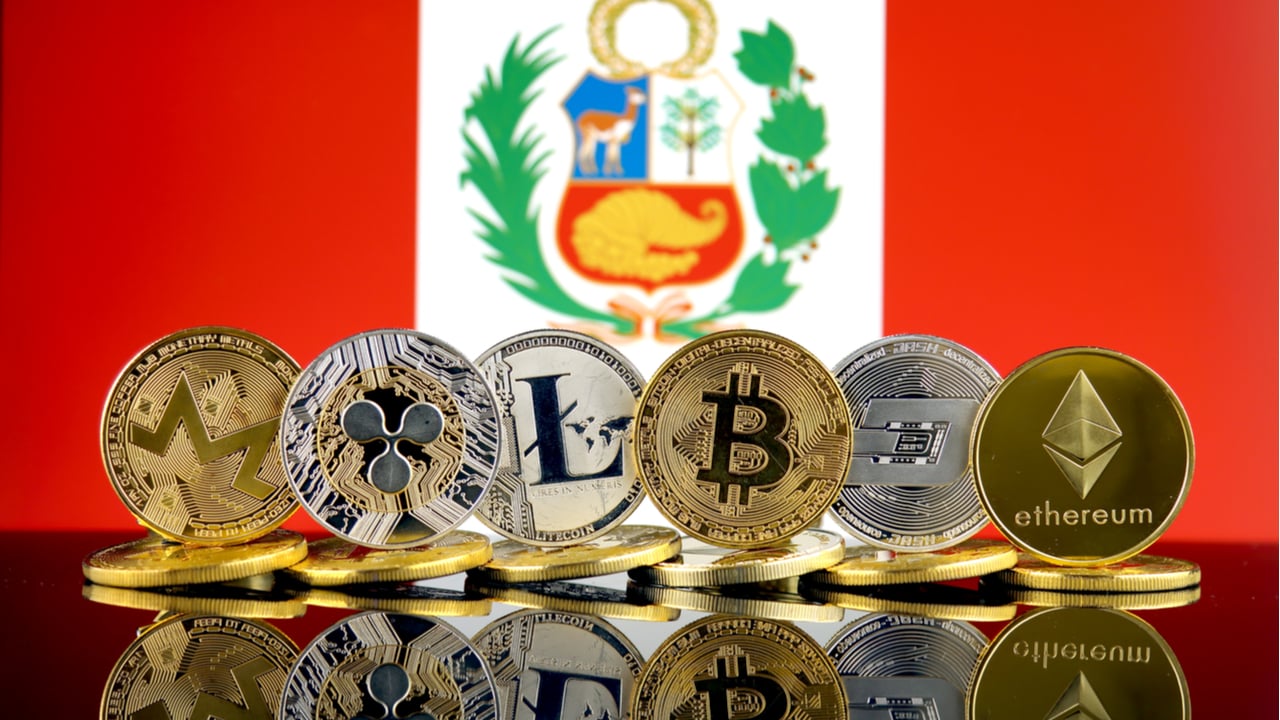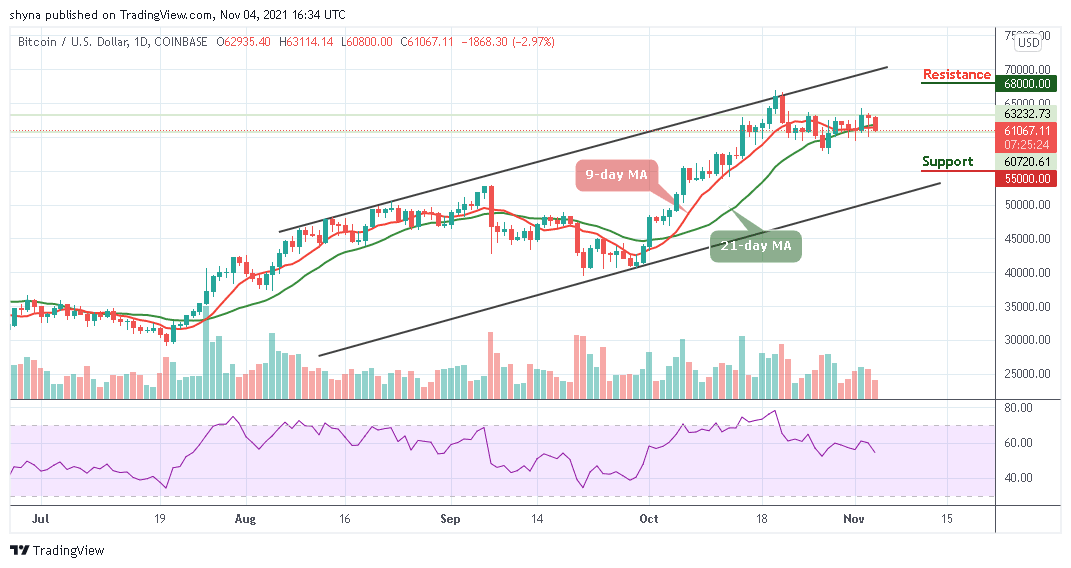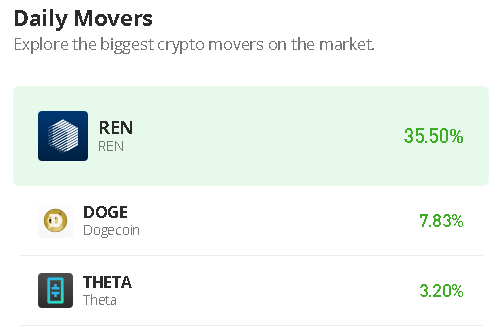President of Central Bank of Peru Criticizes Crypto, Citing Lack of Intrinsic Value and Climate Change – Emerging Markets Bitcoin News


Julio Velarde, the president of the Central Bank of Peru, attacked the value of cryptocurrencies and referred to negative effects they are said to have on the environment. In a recent interview with local media, Velarde said the Bank did not consider bitcoin a payment method. Instead, Velarde referred to it as a “highly volatile financial asset,” that people purchase for this volatility risk.
President of Bank of Peru Blasts Crypto
Julio Velarde, the president of the Central Bank of Peru, recently shared his opinion and the considerations that the bank has about cryptocurrencies. The official stated that these new elements in the economy had some defects compared to their fiat counterparts.
Velarde first referred to the volatility of bitcoin and other cryptocurrencies, stating that they are “highly volatile financial assets.” Velarde also explained that this is the attractive part of cryptocurrency because people and traders purchase them because of this risk.
One of the reasons for this volatility is the lack of intrinsic value of these assets, according to Velarde. He explained that due to this, “people may lose interest in having it, and then the price can drop to anything.”
Velarde also explained that there were environmental concerns regarding the use of cryptocurrencies, stating these pose a problem due to their energy consumption. Velarde declared:
The problem with cryptocurrency now is climate change. It is the least friendly for the environment. Continuing to mine bitcoins consumes the energy of a medium-sized country. These are impressive amounts.
Velarde’s Report on Peru’s Central Bank Digital Currency
Velarde also gave a report on the advancements the institution has achieved when it comes to the design of its own digital currency. He stated that the bank is working on a document to be presented in a month and a half, after meeting with the Central Bank of India and the International Monetary Fund in coming days.
The central bank president was quick to compare these digital fiat counterparts with cryptocurrencies, clarifying that they will have the support of central banks. On the development of Peru’s CBDC, the executive stated:
I believe that the path we must take is one in which we accompany growth by giving guidelines and setting certain parameters in the regulations. We do not know how the new geography of payments will end up being in Peru.
Velarde announced last November that the bank was working on a Peruvian digital currency focused on payments. Also, a law to regulate cryptocurrency transactions and the actions of VASPs (virtual asset service providers) on Peruvian soil was introduced in December.
What do you think about the opinion of the president of the Bank of Peru on cryptocurrencies? Tell us in the comments section below.
Image Credits: Shutterstock, Pixabay, Wiki Commons
Disclaimer: This article is for informational purposes only. It is not a direct offer or solicitation of an offer to buy or sell, or a recommendation or endorsement of any products, services, or companies. Bitcoin.com does not provide investment, tax, legal, or accounting advice. Neither the company nor the author is responsible, directly or indirectly, for any damage or loss caused or alleged to be caused by or in connection with the use of or reliance on any content, goods or services mentioned in this article.
(function(d, s, id) {
var js, fjs = d.getElementsByTagName(s)[0];
if (d.getElementById(id)) return;
js = d.createElement(s); js.id = id;
js.src=”https://connect.facebook.net/en_US/sdk.js#xfbml=1&version=v3.2″;
fjs.parentNode.insertBefore(js, fjs);
}(document, ‘script’, ‘facebook-jssdk’));








 Bitcoin
Bitcoin  Ethereum
Ethereum  Tether
Tether  Solana
Solana  USDC
USDC  Lido Staked Ether
Lido Staked Ether  XRP
XRP  Dogecoin
Dogecoin  Toncoin
Toncoin